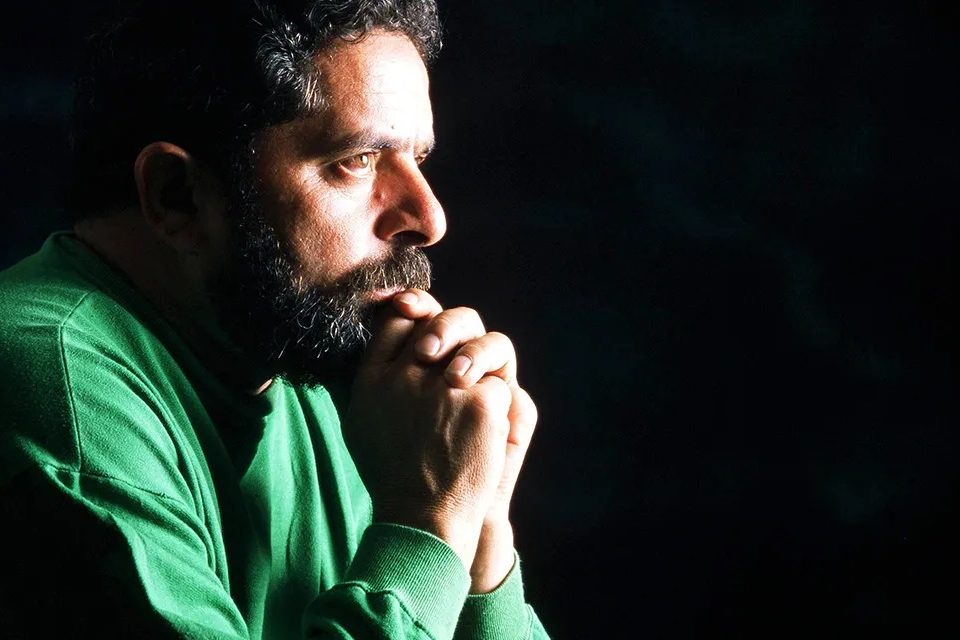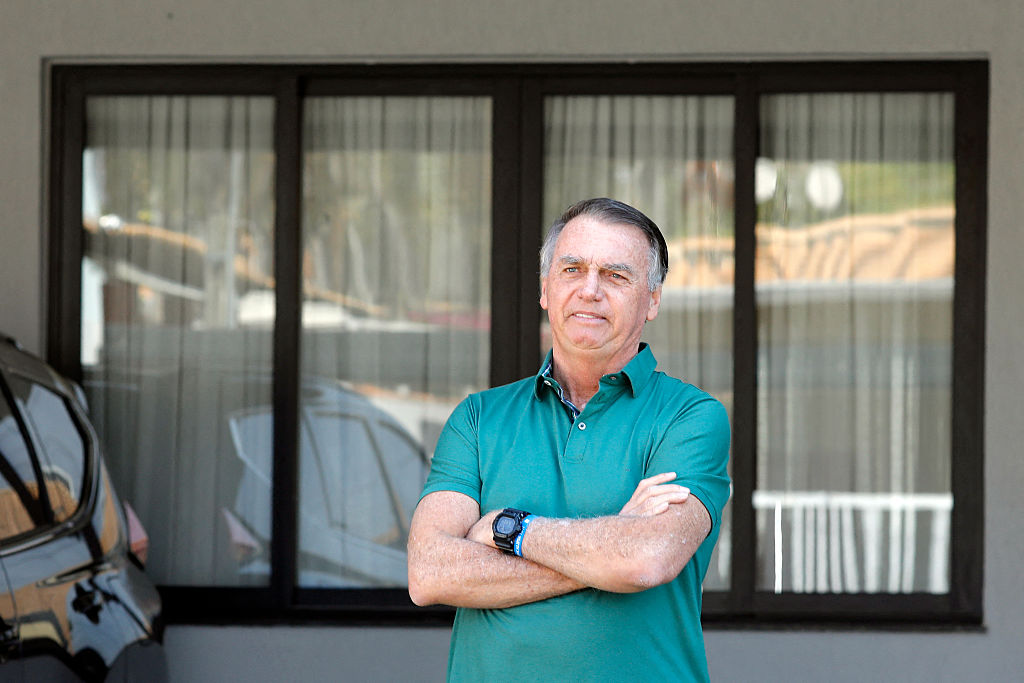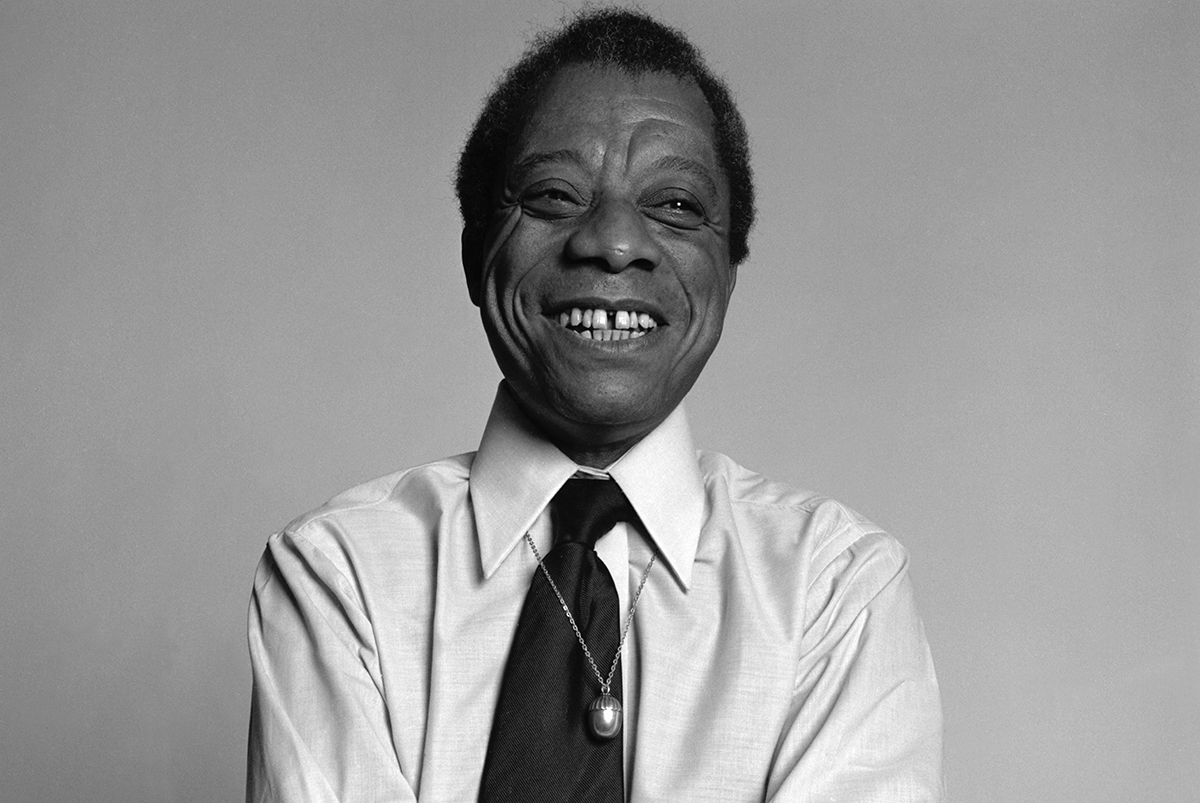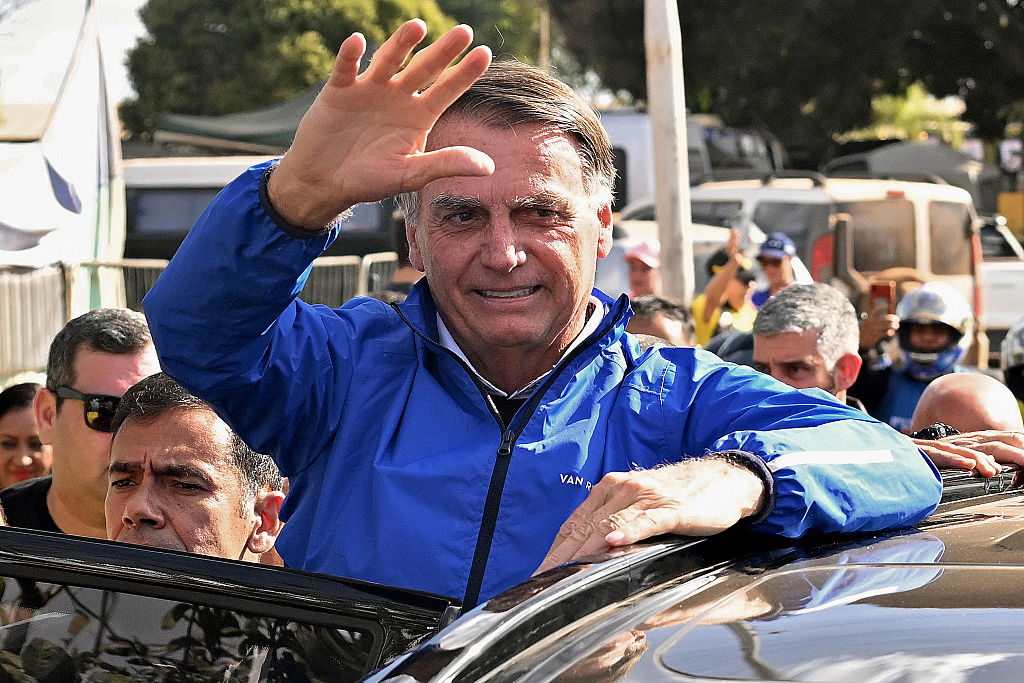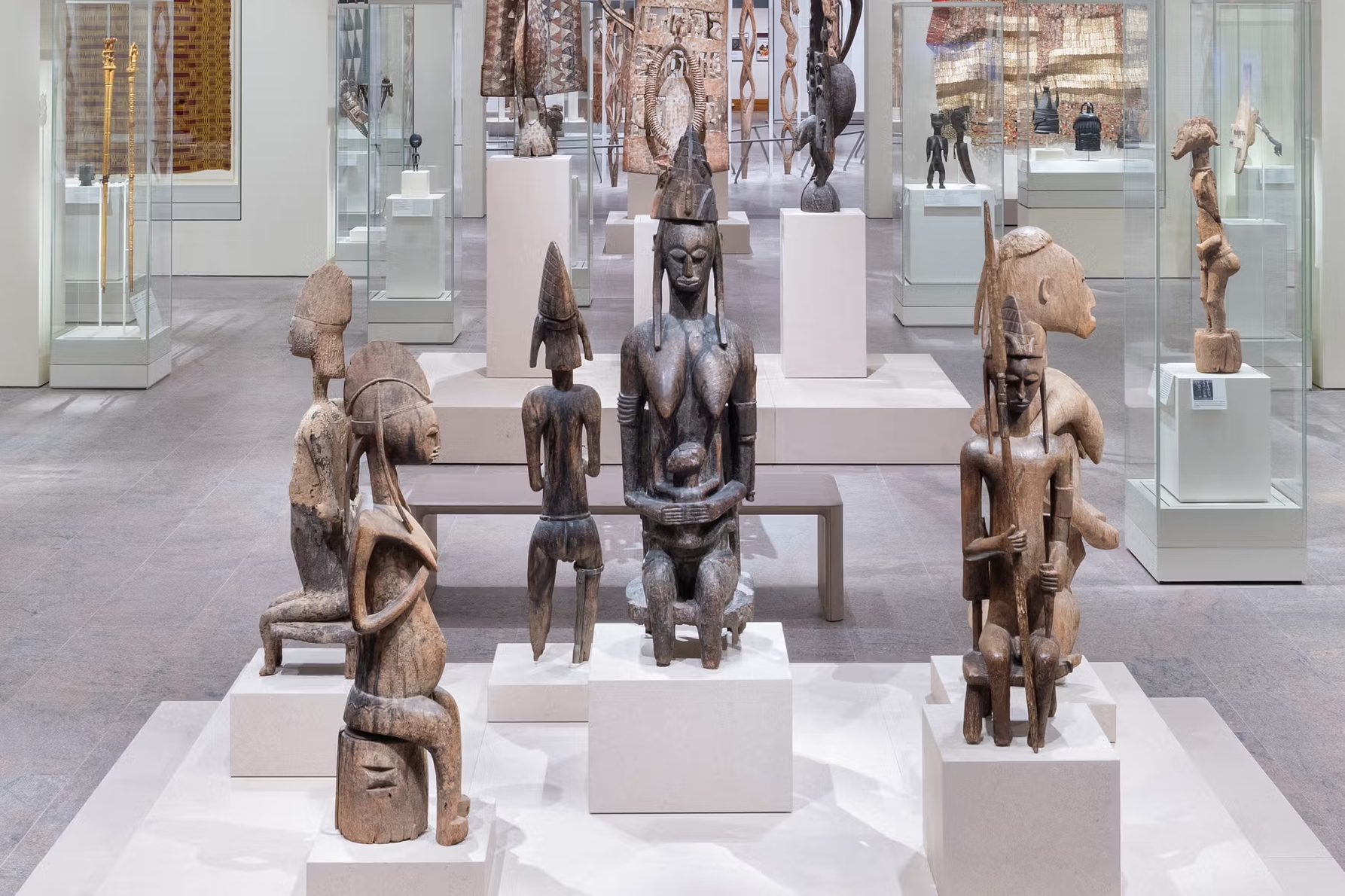A better title for Fernando Morais’s Lula: A Biography might have been “Lula: A Drama.” In the first of two long-anticipated volumes, Morais has delivered an unconventional but riveting account of the key moments of tumult in the career of Brazil’s president Luiz Inácio ‘Lula’ da Silva (2003-11; 2023-present). A veteran journalist, Morais is clinical in his detail of the underground union gatherings, abject poverty and family tragedy which formed Lula. He brings São Paulo’s working-class culture to life throughout, with popular car brands, pop songs and sessions of cachaça and gin rummy ever present.
Lula’s upbringing was marred by hardship. Born in poverty in 1945, with a brutal, bigamist father, he began work at a young age and his family moved regularly, at one point occupying rooms at the back of a bar. As a lathe operator, he lost a finger in a workplace accident, and his first wife died in childbirth, after which he immersed himself in the São Paulo unions. His direct experience of hardship shaped his devotion to working-class interests rather than loyalty to any specific left-wing ideal.
This was particularly evident in his leadership of the 1980 strikes in the ABC Metalworkers’ Union, where he was bold in his opposition to military dictatorship, yet showed a political independence which put him at odds with other union leaders. He prioritized the wage recuperation campaign, following fraud by the finance minister Delfim Netto, over other political objectives — though his communist brother, Frei Chico, saw things differently.
Before discussing his early life, however, Morais rightly begins by addressing the elephant in the room — the Operation Car Wash corruption probe and Lula’s alleged wrongdoing within it. This occupies about a third of the book, and the facts are as follows. From 2014, the Brazilian authorities began investigating a vast network of corruption involving, among others, the state-owned oil company Petrobras, large construction companies such as Odebrecht and politicians across the political spectrum, including the Workers’ Party (PT), co-founded by Lula in 1980. Sergio Moro, the prosecutor in charge, was lauded as a crusader meting out justice to a system Brazilians began to see as fundamentally rotten. The most prized trophy was Lula himself, who was imprisoned in 2018 on charges ranging from veiled ownership of an apartment to lobbying for Odebrecht abroad.
But then something unusual happened. A hacker named “Red,” working with the news website The Intercept, leaked a series of messages by prosecutors, including Moro, which suggested improper collaboration between prosecutors and judges as well as a vengeful campaign against Lula. This, combined with evidence of illegal surveillance and other procedural irregularity, undermined the case against Lula, and he was released in November 2019.
Morais’s narrative is compelling here; but he leaves little room for considering the genuine issue of institutionalized corruption in Brazil raised by the probe, and the extent to which Lula as leader of a major implicated party may hold at least some responsibility. Indeed, while Moro’s political agenda against Lula is now widely acknowledged, the wholesale reversal of Car Wash’s prosecutions this year, in Lula’s latest mandate as president, is increasingly seen as an over-correction, which has led to condemnation by anti-corruption NGOs such as Transparency International. Instead of discussing these issues, Morais simply bemoans the lost jobs and investment caused by Car Wash. It is unclear what his point is.
Largely, though, he is even-handed. Morais was prominent himself in the ABC strikes, and his work could be considered an “insider” biography; but as a former politician from a rival party he is no disciple. He occasionally falls into broader political line by consistently referring to a “coup” against Lula’s successor Dilma Rousseff without acknowledging, for example, that her government’s economic policies ran contrary to her electoral pledges. He shows convincingly, too, that Lula has indeed received a rum deal across the Brazilian press, but he might have included the fact that even the right-leaning Veja magazine collaborated with The Intercept to investigate the irregularities in Moro’s case against Lula.
Still, Morais successfully conveys the formation of Lula’s powerful character and politics, as well as his somewhat contradictory appeal — cast simultaneously as the humblest of politicians and as Brazil’s savior. Among the more bizarre instances of Lula’s cultish following is the “miracle of Curitiba” — concerning a baby conceived during the vigil outside Lula’s prison cell who was thought, in an ultrasound scan, to be making an “L” sign in support of him.
If, in his dedication to workers, Lula has been singular in Brazil, his domination of the political scene and quasi-religious appeal puts him in the tradition of figures such as the country’s longest-serving president Getúlio Vargas and, perhaps, other “pink tide” Latin American presidents. There are only minor allusions to his time in government and the crises faced by his successor Rousseff, which will be the subject of the second volume. If it is as gripping as volume one, and maybe a little more clear-eyed, it will be a triumph.
This article was originally published in The Spectator’s UK magazine. Subscribe to the World edition here.



